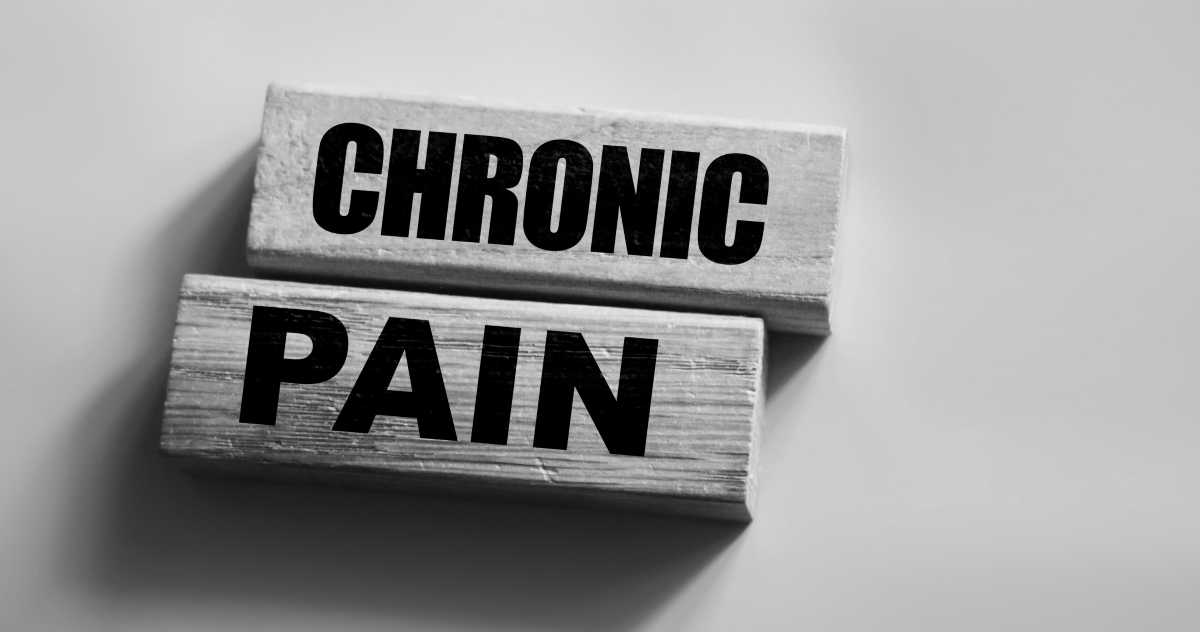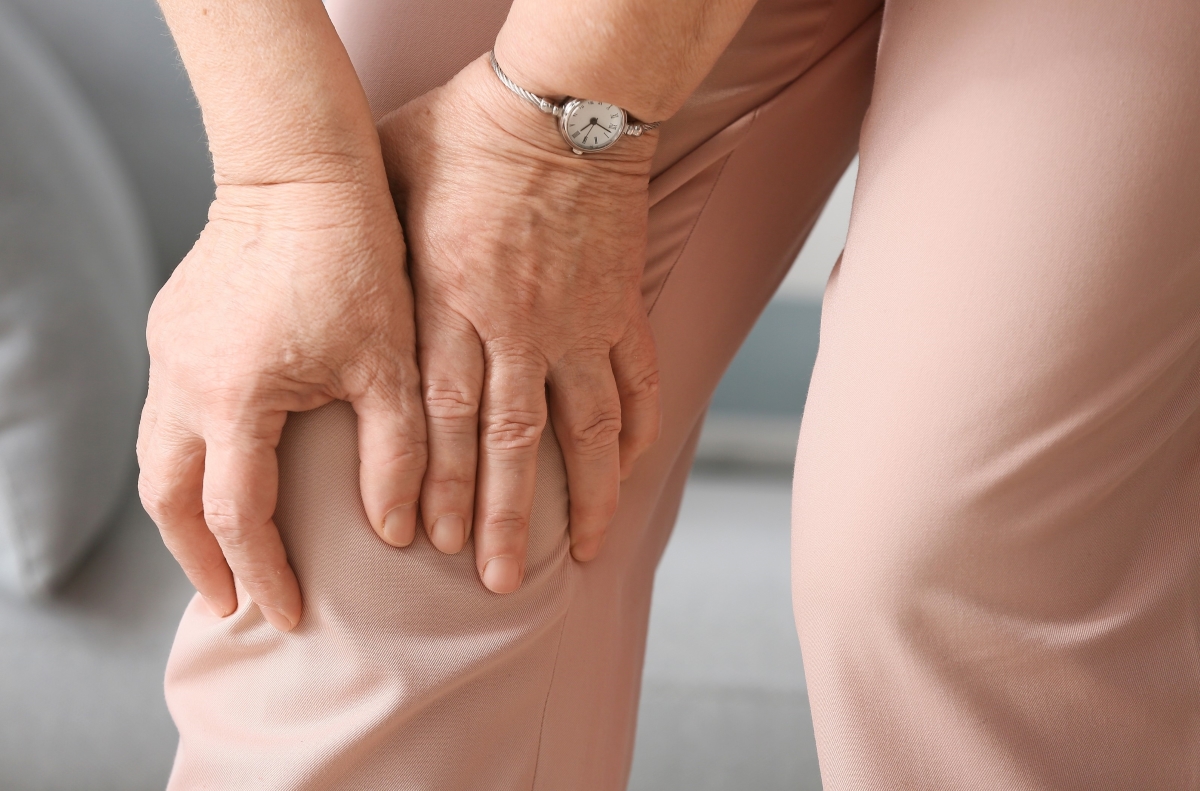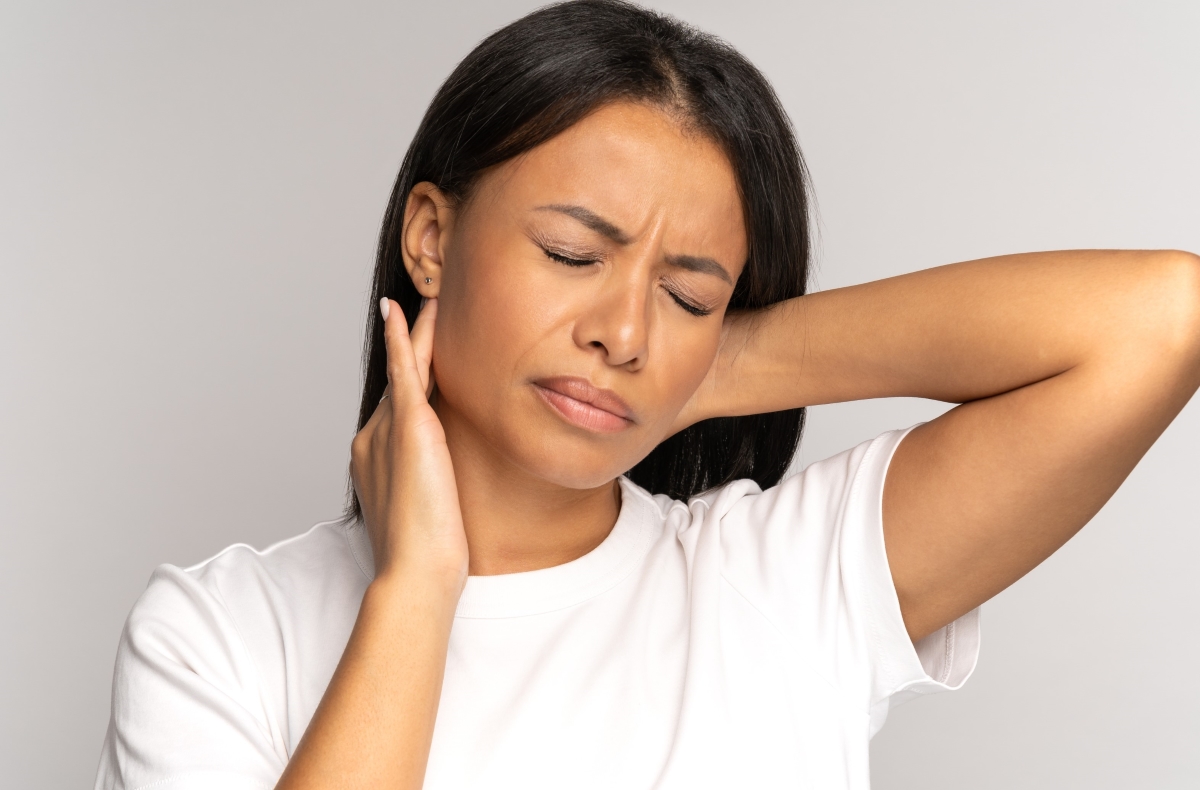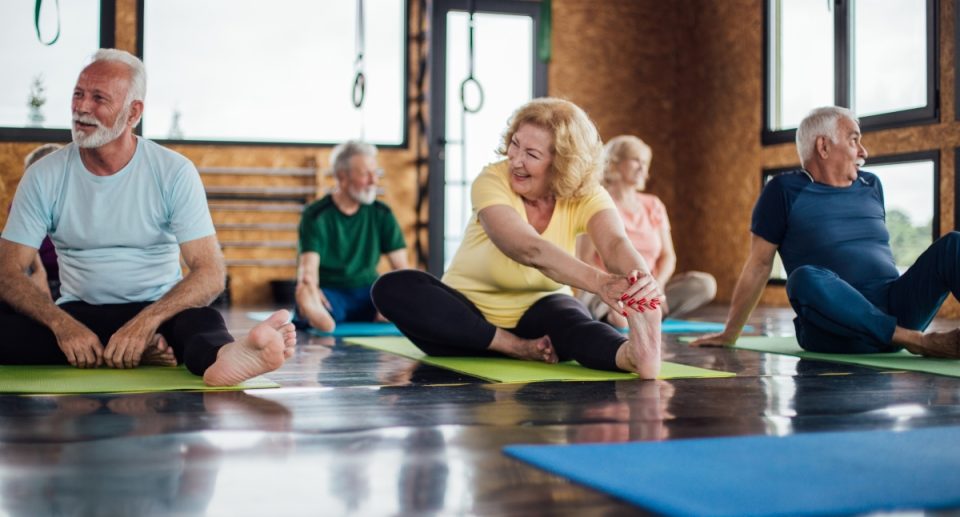Managing Chronic Pain: Holistic Approaches for Relief for Seniors

Chronic pain is a reality for many seniors, affecting daily activities and overall quality of life. While medication may offer temporary relief, a holistic approach can provide more sustainable, long-term solutions for managing discomfort. Holistic care focuses on treating the whole person—body, mind, and spirit—rather than just addressing the symptoms. This approach can be particularly beneficial for seniors, as it promotes natural healing, supports mental well-being, and reduces reliance on pharmaceuticals.
Understanding Chronic Pain

Chronic pain is defined as pain that persists for more than three months, and it can stem from various conditions such as arthritis, fibromyalgia, neuropathy, or even old injuries. For seniors, chronic pain can be a daily struggle, limiting mobility, causing sleep disturbances, and affecting mental health. It’s crucial to find ways to manage this pain effectively and safely.
While traditional pain management often involves medications such as nonsteroidal anti-inflammatory drugs (NSAIDs) or opioids, these treatments can come with significant side effects, particularly for older adults. Long-term medication use may lead to issues like gastrointestinal distress, dependence, or interactions with other prescriptions. This is where holistic approaches can shine by offering alternative methods that support overall wellness.
The Role of Diet in Pain Management

One of the simplest and most impactful ways to manage chronic pain is through diet. What we eat directly affects inflammation in the body, and certain foods can either increase or decrease inflammation levels. For seniors dealing with chronic pain, adopting an anti-inflammatory diet can significantly reduce discomfort and improve mobility.
- Anti-Inflammatory Foods: Incorporating foods like leafy greens, fatty fish (such as salmon), nuts, seeds, and berries can help reduce inflammation. These foods are rich in omega-3 fatty acids, antioxidants, and vitamins that support joint health and reduce swelling.
- Avoiding Inflammatory Foods: On the flip side, processed foods, sugar, refined carbohydrates, and unhealthy fats can worsen inflammation. Limiting these foods in your diet can help manage pain more effectively. Seniors should consider reducing their intake of fried foods, sugary snacks, and processed meats to alleviate pain naturally.
- Hydration: Staying properly hydrated is essential, as dehydration can worsen muscle cramps and joint pain. Seniors should aim to drink enough water throughout the day and incorporate hydrating foods like cucumbers, melons, and oranges.
The Power of Movement and Physical Therapy

Staying active is a key component of managing chronic pain, though it may seem counterintuitive when dealing with discomfort. Gentle movement, however, can prevent stiffness, improve circulation, and boost mood, all of which help reduce pain.
- Stretching and Gentle Exercises: Yoga, tai chi, and stretching are excellent low-impact exercises that help improve flexibility, balance, and strength. These activities can be modified for seniors to accommodate mobility issues or pain levels. Regular stretching helps keep muscles loose and joints flexible, preventing stiffness that can exacerbate pain.
- Physical Therapy: Working with a physical therapist can offer tailored exercises that target specific areas of pain. Physical therapy is particularly beneficial for those recovering from surgery, dealing with arthritis, or managing conditions like sciatica. Therapists use a combination of exercise, massage, and other techniques to reduce pain and improve mobility.
- Water-Based Exercise: For those with joint pain or arthritis, water-based exercises, like swimming or water aerobics, are excellent options. The buoyancy of water reduces the impact on joints while still providing a full-body workout that strengthens muscles and improves cardiovascular health.
Mind-Body Techniques: Addressing Mental Wellness

Chronic pain doesn’t only affect the body; it takes a toll on mental health as well. Stress, anxiety, and depression are common among seniors experiencing prolonged pain. Fortunately, mind-body techniques can play a crucial role in pain management by promoting relaxation and reducing stress.
- Meditation and Mindfulness: Meditation and mindfulness practices are powerful tools for managing pain. These techniques encourage relaxation, help shift focus away from pain, and promote a sense of calm. Mindfulness-based stress reduction (MBSR) programs, which teach mindfulness meditation and gentle yoga, have been shown to help people manage chronic pain more effectively.
- Deep Breathing Exercises: Practicing deep breathing exercises can calm the nervous system and reduce tension, which often exacerbates pain. Techniques like diaphragmatic breathing or progressive muscle relaxation are simple but effective ways to lower stress levels and ease discomfort.
- Guided Imagery: Guided imagery is another mind-body technique where you visualize peaceful, relaxing scenes to distract from pain and anxiety. Many seniors find relief through guided imagery apps or recordings that walk them through calming scenarios, helping to lower stress and reduce pain perception.
Acupuncture and Acupressure

Traditional Chinese medicine offers acupuncture and acupressure as two alternative therapies that have been used for centuries to treat chronic pain. Both involve stimulating specific points on the body to release tension, improve circulation, and balance the body’s energy, known as “qi.”
- Acupuncture: Acupuncture involves inserting thin needles into specific points on the body to stimulate nerve endings and release natural pain-relieving chemicals like endorphins. Many studies have shown that acupuncture can be effective for reducing chronic pain, particularly for conditions like osteoarthritis, back pain, and migraines. Seniors interested in acupuncture should consult a licensed practitioner to ensure the treatment is done safely.
- Acupressure: Similar to acupuncture, acupressure involves applying pressure to certain points on the body, but without the use of needles. This technique can be done at home with the help of instructional guides or through the use of tools designed for acupressure. It’s a simple and non-invasive way for seniors to manage pain naturally.
Chiropractic Care
Chiropractic care is another holistic option for seniors dealing with chronic pain, particularly for back, neck, and joint issues. Chiropractors use manual adjustments to correct spinal alignment, which can relieve pressure on nerves and improve function.
- Spinal Manipulation: Many seniors report significant relief from spinal manipulation, a common chiropractic technique. This involves adjusting the spine to restore proper alignment, which can alleviate pain from conditions like herniated discs, arthritis, or even tension headaches.
- Chiropractic Adjustments for Seniors: It’s important to work with a chiropractor who has experience with older adults, as their approach may differ slightly to accommodate bone density changes or other age-related factors. Chiropractic care can be a valuable part of a holistic pain management routine, especially when combined with other therapies like physical therapy or acupuncture.
Herbal Remedies and Supplements
Many seniors turn to natural remedies and supplements to complement their holistic pain management routine. Several herbs and natural supplements have anti-inflammatory properties and can help reduce pain without the side effects associated with traditional medications.
- Turmeric: Known for its anti-inflammatory properties, turmeric has been shown to reduce pain in conditions like arthritis. It can be consumed in supplement form or added to meals as a spice.
- Omega-3 Fatty Acids: Omega-3 supplements, typically derived from fish oil, are well-known for their ability to reduce inflammation and improve joint health. Seniors dealing with chronic pain from conditions like osteoarthritis may benefit from adding these supplements to their routine.
- CBD Oil: Cannabidiol (CBD) has gained popularity as a natural remedy for pain and inflammation. While more research is needed, many seniors report that CBD products—whether in oil, cream, or capsule form—help reduce pain without the psychoactive effects of THC found in marijuana.
The Importance of Sleep

One often-overlooked aspect of chronic pain management is sleep. Poor sleep can worsen pain perception, while good sleep helps the body heal and regenerate. Establishing a regular sleep routine, creating a comfortable sleeping environment, and addressing any sleep disorders, such as sleep apnea, can be essential steps in reducing chronic pain.
- Sleep Hygiene: Maintaining good sleep hygiene involves going to bed and waking up at the same time each day, creating a relaxing pre-bedtime routine, and ensuring your bedroom is dark, quiet, and cool. Avoiding caffeine and large meals before bed can also improve sleep quality.
- Pain Relief for Better Sleep: For seniors experiencing pain that interrupts sleep, addressing the discomfort through holistic methods—like a warm bath before bed, stretching, or using a heating pad—can help promote better rest.
Conclusion

Chronic pain is a complex issue, especially for seniors, but a holistic approach can provide relief and improve quality of life. By integrating diet, physical activity, mind-body techniques, and alternative therapies, seniors can take control of their pain in a way that promotes overall well-being. Whether it’s through regular exercise, acupuncture, or making dietary adjustments, holistic approaches offer a natural and effective way to manage chronic pain without over-reliance on medication. By focusing on the whole person, these methods can lead to a healthier, more comfortable life.





